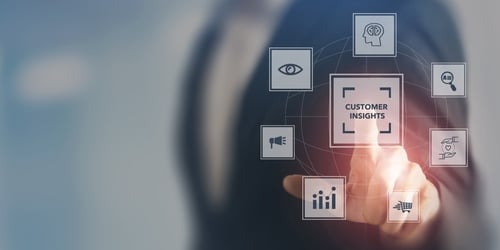“Moore’s law predicts the exponential increase of processing power of computers. Metcalf’s law talks about the value of a network increases proportionally to the number of connected users to the system. Kryder’s law looks into storage expansion.” Mahesh Kashyap’s blog says all of these laws are great news for actuarial science as they will have faster analytics, increased data and better ways to store and access the data. It also enables efficient machine learning algorithms. What is the likelihood of machine learning replacing actuaries?
AI Vendors
Over the last few years, a number of companies have started developing AI-based solutions for actuarial science. Wearables, IoT, and social media are helping actuaries collect real-time data from real sources. Atidot is a start-up that is changing the actuarial process by moving it from statistical analytics to predictive analytics. Quantemplate and Analyze Re are focused on reinsurance applications. FitSense is working on wearables data while Wunelli is looking into in-car telematics.
Obstacles
There are many legal and regulatory rules within the actuarial field that bring into doubt the likelihood of machine learning replacing actuaries. Human intervention is required to check for abuse. Because so many models are built off historical performance a model used to define criminal sentences could perpetuate racial bias. Microsoft’s Tay chatbot experiment, where they used inflammatory inputs from Twitter, created a chatbot every bit as racist and sexist as it was technically accomplished. Real actuaries will be necessary to make the right choice in morally ambiguous situations.
What History Teaches Us
James Lynch of the CAS Board of Directors tells the story of the advent of the computer into the actuarial field. “Forty years ago, before the desktop computer, actuaries worked in shifts. The early shift calculated estimates and the late shift double-checked the work. All of those jobs were swept away by the computer but the number of actuaries keeps growing, from less than 1000 in 1977 to nearly 8000 today. We’ve done such a good job of harnessing the machines that demand for humans is running ahead of supply.” Humans created a tool that was better than their abilities and processes, and then they harnessed it and leveraged it.
What does this mean for the advent of AI into the actuarial field? Lynch says, “Actuaries will have to become experts at systems analysis, reaching conclusions from understanding systems of models with complex interdependencies.” Tomorrow’s insurance success stories will qualify the outputs of AI tools with good old-fashioned actuarial judgement, pricing in assumptions and instigating the appropriate checks and balances. This kind of actuary-machine combination will generate prices and products superior to those either one could muster independently.
Robots
Fabian Beiner created a website categorizing careers that have the potential to be replaced by a robot. He calculated actuaries have a 21% chance of full automation and that they “will almost certainly not be replaced by robots.”



